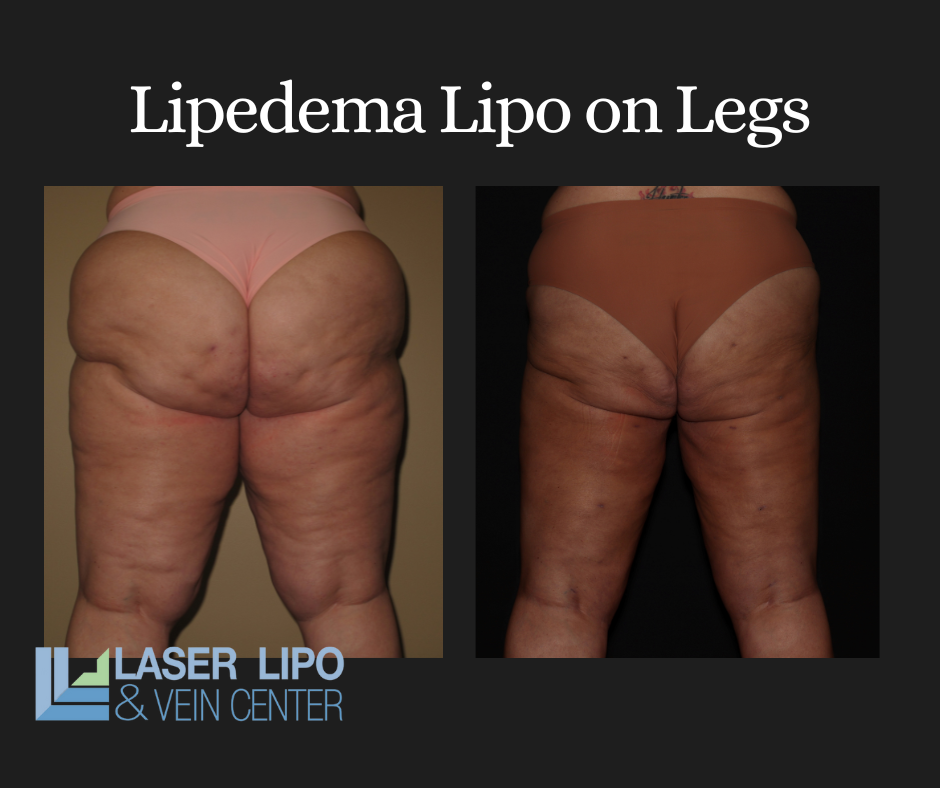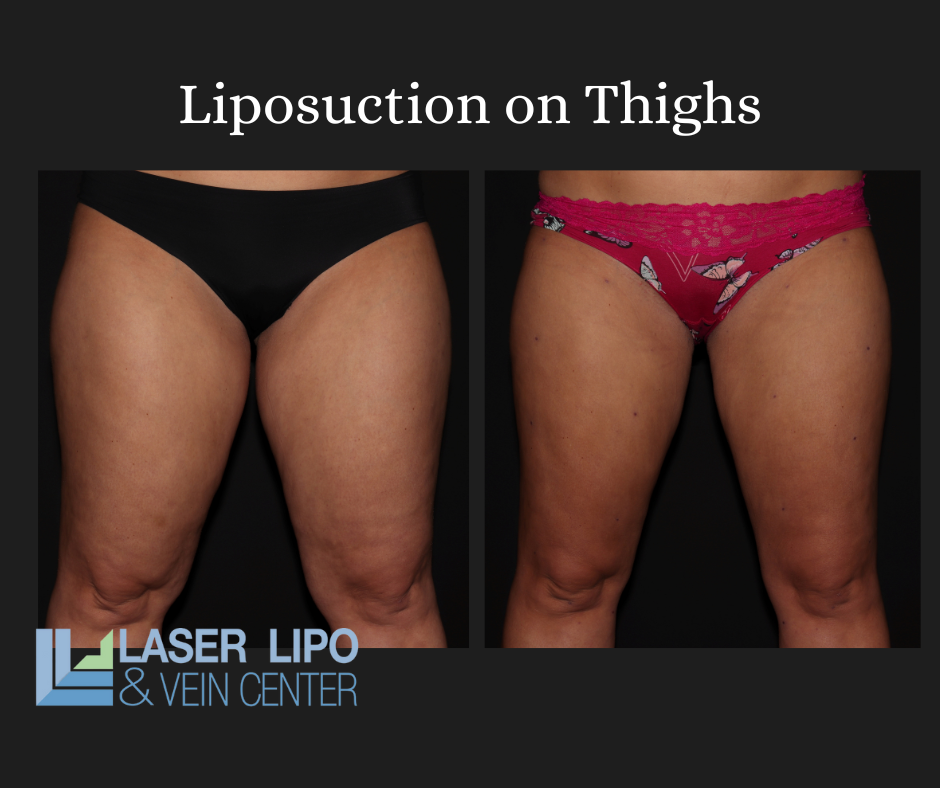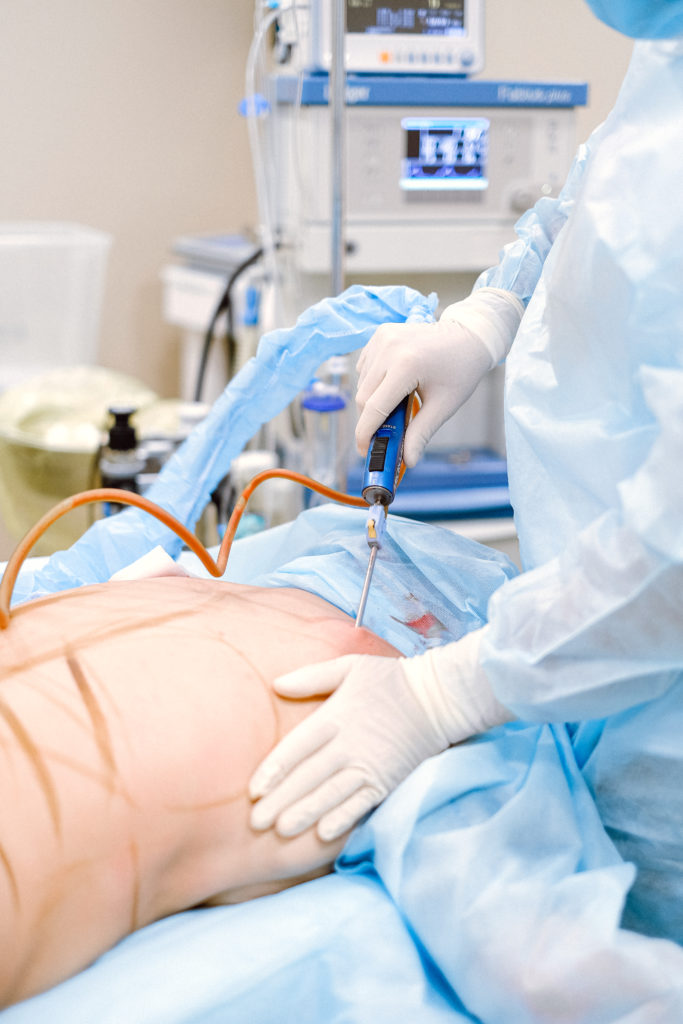
Have you ever heard of lipedema? It’s a condition that affects millions of women worldwide. It causes an abnormal buildup of fat cells in the legs, buttocks, and hips, which can lead to pain, discomfort, and even disability. While there are several treatment options available, liposuction has become a popular choice among patients. However, not all liposuction procedures are the same. In fact, there are two distinct types of liposuction that are often confused: lipedema liposuction and cosmetic liposuction.
Understanding the key differences between these two procedures is essential for anyone considering liposuction for lipedema or cosmetic purposes. In this article, we’ll take a closer look at lipedema liposuction and cosmetic liposuction and explain what sets them apart. So, whether you’re a patient or a healthcare provider, keep reading to discover the crucial distinctions between these two types of lipo.
What is Lipedema?
Lipedema is a chronic condition that affects mainly women, although it can occur in men as well. It’s characterized by an abnormal accumulation of fat and fibrous tissue in the legs, hips, and buttocks, which can cause pain, swelling, and tenderness. Lipedema is often misdiagnosed as obesity, lymphedema, or cellulite and can be a source of emotional and physical distress for those affected. As it progresses, Lipedmea can cause impairment in lymphatic function in the affected areas. There’s no cure for lipedema, but several treatment options are available, including liposuction.


Understanding Lipedema Liposuction
Lipedema liposuction is a specialized type designed to address the unique needs of lipedema patients. Unlike traditional cosmetic liposuction, which focuses on removing excess fat for aesthetic purposes, lipedema liposuction aims to reduce pain, improve mobility, and prevent further progression of the condition. Lipedema liposuction requires generous tumescent anesthesia and involves making small incisions in the affected areas. The surgeon then uses a specialized cannula to remove the excess fat cells while preserving the healthy tissue. The procedure can take several hours, depending on the extent of the lipedema.
One of the key differences between lipedema liposuction and cosmetic liposuction is that lipedema liposuction is the extra surgical technique used to protect the lymphatics, sometimes called “lymph sparing.” It also may require multiple sessions to achieve optimal results. Lipedema is a chronic condition that can’t be cured with a single procedure. Lipedema patients may also require ongoing maintenance sessions to prevent further progression. Often Lipedema Lymph Sparing liposuction is combined with Manual Extraction of the fibrous nodules caused by the lipedema disease.


Cosmetic Liposuction Explained
Cosmetic liposuction, also known as traditional liposuction, is a popular cosmetic procedure that’s designed to remove excess fat cells from various areas of the body, including the abdomen, thighs, and arms. Unlike lipedema liposuction, which is performed for medical reasons, cosmetic liposuction is performed for aesthetic purposes only.
Key Differences between Lipedema Liposuction and Cosmetic Liposuction
While lipedema liposuction and cosmetic liposuction are both forms of liposuction, there are several key differences between the two procedures. Some of the most significant differences include the following:
- Purpose: Lipedema liposuction is performed to address the medical needs of lipedema patients, while cosmetic liposuction is performed for aesthetic purposes only.
- Approach: Lipedema liposuction focuses on removing excess fat cells while preserving healthy tissue, while cosmetic liposuction focuses on removing as much fat as possible to achieve the desired cosmetic result.
- The number of sessions: Lipedema liposuction may require multiple sessions to achieve optimal results, while cosmetic liposuction can often achieve the desired result in a single session.
- Cost: Lipedema liposuction can be more expensive than cosmetic liposuction due to the specialized technique, the expertise required of the lymphatic system protections, and a larger amount of fat and fluid removed.
Risks and Side Effects of Lipedema Liposuction and Cosmetic Liposuction
Like any surgical procedure, lipedema liposuction and cosmetic liposuction carry some risks and side effects. Some of the most common risks and side effects include:
- Bruising and swelling: Both procedures can cause bruising and swelling, which can last for several weeks.
- Infection: There’s a risk of infection with any surgical procedure. Patients are typically given antibiotics before and after the procedure to reduce this risk.
- Bleeding: Both procedures can cause bleeding, which is typically minimal but can be more significant in some cases.
- Numbness: Patients may experience numbness in the treated areas, which can last for several weeks or months.
- Scarring: Both procedures can cause scarring, although the scars are typically small and fade over time.
-


Recovery and Results of Lipedema Liposuction and Cosmetic Liposuction
Recovery time and results can vary depending on the extent of the procedure and the patient’s individual health status. In general, patients can expect to experience some discomfort and swelling for several weeks after the procedure.
Patients undergoing lipedema liposuction may require compression garments and lymphatic massage to reduce swelling and promote healing. They may also need to avoid strenuous exercise and other activities for several weeks after the procedure.
Patients undergoing cosmetic liposuction can typically resume normal activities within a few days of the procedure. They may need to wear compression garments for several weeks to reduce swelling and promote healing.
Results from both procedures can be long-lasting, although patients need to maintain a healthy lifestyle to prevent further weight gain and the progression of lipedema.
Who is a good candidate for Lipedema Liposuction and Cosmetic Liposuction?
Lipedema liposuction is typically recommended for patients with advanced lipedema who have not responded to other treatments, such as compression therapy and diet modifications. Candidates for lipedema liposuction should be in good overall health and have realistic expectations of the procedure.
Cosmetic liposuction is typically recommended for patients who are at or near their ideal weight but have stubborn areas of fat that are resistant to diet and exercise. Candidates for cosmetic liposuction should be in good overall health and have realistic expectations of the procedure.
How to Choose the right surgeon for Lipedema Liposuction and Cosmetic Liposuction
Choosing the right surgeon for lipedema liposuction or cosmetic liposuction is crucial for achieving the best possible results. Patients should look for a surgeon who has experience in performing the procedure, a proven track record of patient outcomes, and a good reputation in the community. Lipedema is a disease that requires specialized knowledge and comprehensive treatment, including dietary counseling and medical-grade compression to optimize lymphatic function. Pre and post-surgery treatment are focused on lowering tissue inflammation and controlling the disease comprehensively for the best results.
Many plastic surgeons approach lipedema reduction surgery as an isolated surgical procedure and need to treat lipedema comprehensively, which can result in suboptimal results or recurrence of symptoms. It is highly recommended to choose a surgeon who treats lipedema disease comprehensively. Patients should seek a surgeon who diagnoses the disease and starts conservative treatment first. A surgeon who treats comprehensively will ensure conservative treatment has been optimized, as proceeding with surgery when inflammation is elevated can actually worsen the disease course. Once the proper overall treatment plan has been implemented, the surgeon should take the time to explain the procedure and answer any questions the patient may have.
Cost of Lipedema Liposuction and Cosmetic Liposuction
The cost of lipedema liposuction and cosmetic liposuction can vary depending on several factors, including the extent of the procedure, the surgeon’s experience, and the geographic location.
Lipedema liposuction can be more expensive than cosmetic liposuction due to the specialized technique and multiple sessions required. Patients should check with their insurance provider to see if the procedure is covered under their policy.
Conclusion
Lipedema liposuction and cosmetic liposuction are two distinct types of liposuction that are often confused. While both procedures involve the removal of excess fat cells, they have different purposes, approaches, and techniques. Understanding the key differences between lipedema liposuction and cosmetic liposuction is crucial for anyone considering liposuction for medical or cosmetic reasons. Patients should consult with a board-certified surgeon to determine which procedure is right for them and to achieve the best possible results.




